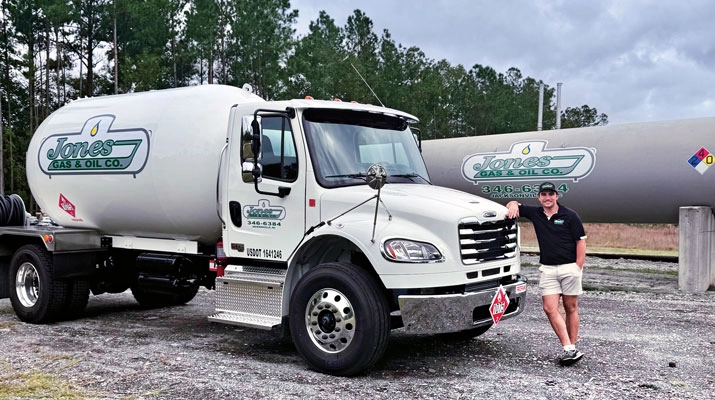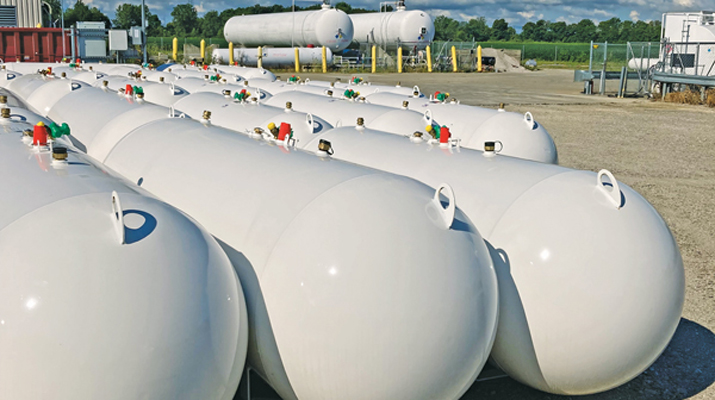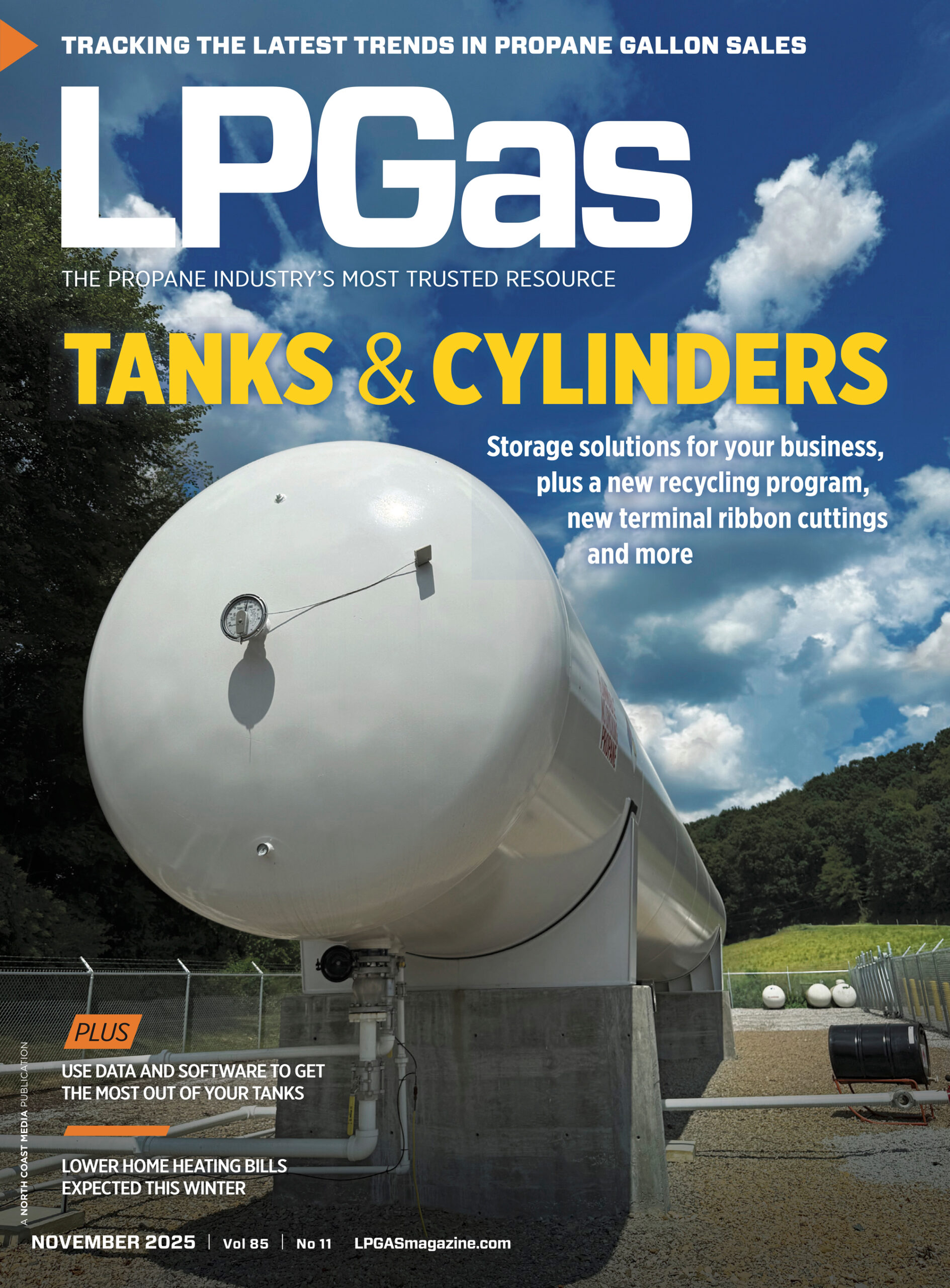Know the refueling options available to your autogas fleet vehicle customers
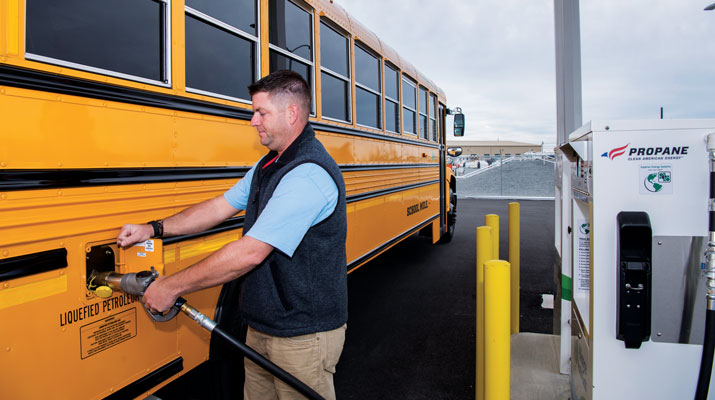
It’s easy to see why customers are drawn to propane autogas vehicles – fleets like school buses, transit/paratransit vans and work trucks are discovering the primary benefits of the fuel.
According to Scott Dougherty, sales engineer of Superior Energy Systems (SES), autogas is an affordable option. Its national average price is roughly 50 percent and 40 percent lower than diesel and gasoline, respectively.
Propane autogas is also a smart choice for the environment, as it produces lower emissions compared to diesel and gasoline. Perhaps that’s why the World Liquid Gas Association has revealed that there are 28 million propane vehicles in use globally.
But the fuel isn’t the only feature drawing attention in this segment of the industry. The infrastructure plays an integral part in growing the market, as well.
Propane vehicles can be refueled in several ways. Not only are there thousands of propane fueling stations across the country, but fleets also have refueling infrastructure options from which to choose.
▶ Refuel on-site – permanently
If fleets choose to refuel their propane autogas units on-site, they can have a permanent, private refueling station installed on their property. Each station features a large-volume storage tank, along with a meter, a pump and at least one dispenser.
Aside from installing the stations and delivering propane autogas whenever fleets need it, propane retailers and their partners can help ensure that their legal and permit requirements are met. And, whenever fleets decide they need more equipment (from dispensers to tanks) for their refueling stations, propane retailers and their partners can assist them with their needs. This is critical, especially as fleets’ propane autogas usage continues to rise.
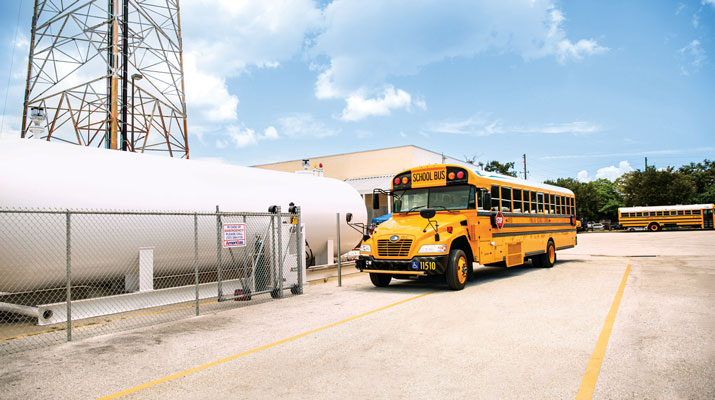
While installing their private refueling stations, fleets will have two options: advanced stations that service over 50 vehicles and standard stations that service fewer than 50 vehicles. An advanced station tends to have a high-capacity tank and multiple fuel dispensers, while a standard station has a 1,000- to 3,000-gallon tank, a canopy and a single fuel dispenser.
Currently, SES has four primary dispenser models – the PRO-Vend 1000, 1500 (dual side), 2000 and 2500 (dual side) – that can be installed on-site permanently.
“Our base units, the PRO-Vend 1000 and 1500, can tie into existing fuel management software,” Dougherty says. “Meanwhile, the PRO-Vend 2000 and 2500 are our most advanced dispensers; they include our in-house, cloud-based software system.”
Owing to their cloud-based software system, the PRO-Vend 2000 and 2500 models can track a wide array of data, including driver and vehicle identification, gallons pumped and vehicle mileage. An unlimited number of drivers and fleets can use the data affordably, too, since they won’t have to purchase or install other technology.
“Although propane autogas refueling technology continues to evolve, three main facts won’t change,” Dougherty adds. “Autogas is easy to use. It works for the environment. And, as shown by our line of dispenser models, it works for the bottom line, as well.”
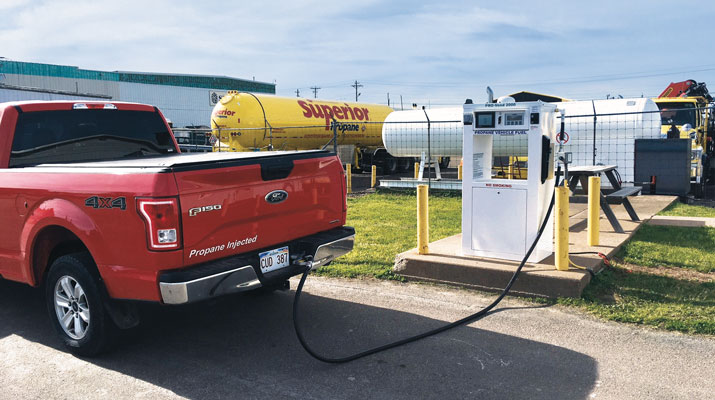
▶ Refuel temporarily or publicly
At times, fleets simply don’t have the space or the finances needed to install private refueling stations. Perhaps they want to wait until they’re more prepared for a permanent solution. Or maybe they’re still considering their options.
Whatever the case, they’ll always have another refueling choice for however long it takes to finalize their plans: temporary refueling. Presently, there are numerous options available. For instance, some fleets are choosing mobile refueling. Through this option, their vehicles are filled by propane retailers’ bobtail trucks at their preferred locations.
Others are using temporary refueling structures like dispensers, pumps and skid-mounted tanks. These structures can be used for long durations, enabling fleets to take their time as they increase their finances and determine which refueling stations are the most suitable for them. This can also be an ideal solution for fleets that are leasing their current property.
Public refueling is a great option for many fleets as well, especially those that don’t have enough space for private refueling stations. Along with ensuring fleets aren’t limited by space constraints, public refueling stations are also cost-effective. Fleets only have to pay for their propane autogas – nothing more, nothing less. The stations are located in every state, too, offering all fleets another refueling option, despite their locations.
To date, the United States has about 2,500 public refueling stations, according to the Department of Energy. This number will likely continue to rise, as many are available 24/7, all while providing fleets with safe payment methods.
▶ Prepare for the future
To benefit customers and retailers alike, SES has created two technologies in recent years: fleet management software and integrated tank monitoring.
Since the fleet management software is visible to retailers on the cloud in real time, they can view information like the days and times when their customers filled their vehicles. As a result, retailers can determine their tank fill and maintenance schedules. In addition, they’ll know whenever any new vehicles are added to the cloud-based system.
“This enables retailers to judge when it may be time to expand their customers’ storage or refueling infrastructure,” Dougherty says. “They can also track gallons fueled by vehicle, day or driver and run comprehensive reports.”
For further monitoring capabilities, customers and retailers can use a digital gauge to monitor tank levels – via the fleet management software – particularly in larger tanks that are associated with SES PRO-Vend 2000 or 2500 dispensers. Therefore, separate tank gauge and monitoring fees aren’t required.
Regardless of which refueling station or technology fleets choose, Todd Mouw, executive vice president of Roush CleanTech – a manufacturer of advanced propane fuel system technology for select Ford commercial vehicles and Blue Bird buses – believes this is a critical time for retailers and the propane industry as a whole.
“If the industry can come together with a unified message to public and private fleets, I am confident that we can become a mainstream choice for fleets over the next three to five years,” he says. “The result? Billions of new gallons, significant savings for our school districts, transit agencies and private fleets, and a lasting legacy for our industry.”










